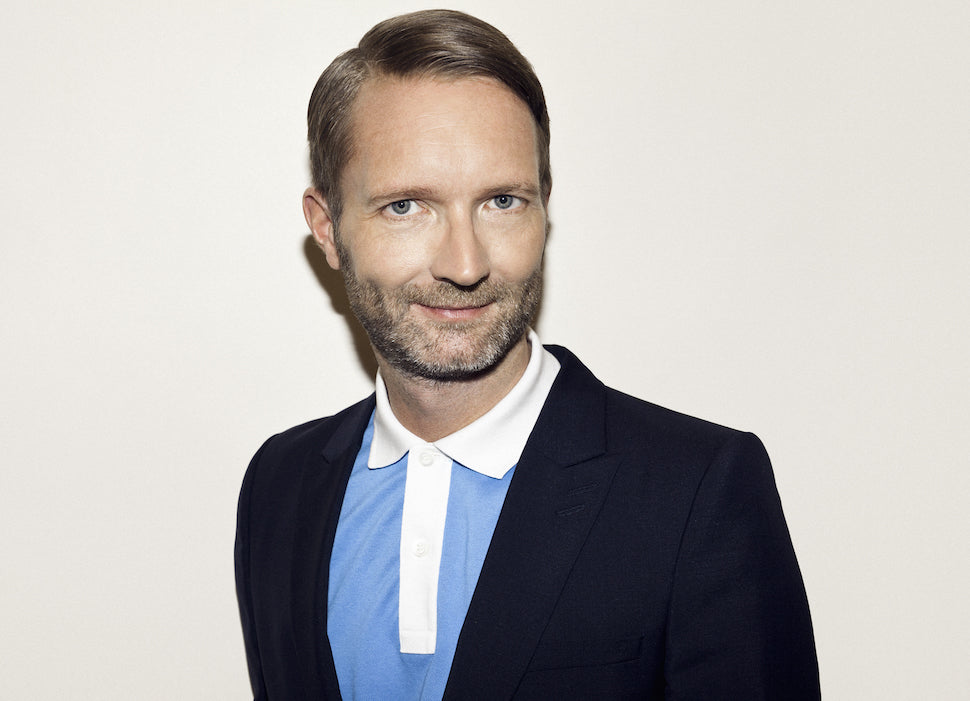“ Space doesn’t exist, it’s just a metaphor for the structures of our existence ” – Louise Bourgeois
She lived in Brooklyn before the New York City district became a hipster mecca and a month's rent there became unaffordable. In general, Louise Joséphine Bourgeois, born in Paris in 1911, had one thing above all: her very own vision of life and art. She followed her own drummer, Americans would say about the classically studied sculptor from a middle-class family who achieved world fame and respect with her sculptures and installations in the New World and from there on the international stage: She didn't let anyone dictate anything to her .
She was the first woman to combine several works into rooms that turn the visitor into an explorer and voyeur. Until her death in Chelsea in 2010, she remained true to herself and her view of things: When she had to vacate her studio in Brooklyn in 2008 - Bourgeois had been living in the Big Apple for 70 years at that point - she promptly integrated its spiral staircase into one of her last so-called Cells titled “The Last Climb.”
A large cross-section of her unique, bizarre, disturbing work can be seen in the exhibition “Louise Bourgeois – Structures of Dasein: The Cells” in the Munich Haus der Kunst until August 2nd.

She never forgives and forgets, Louise Bourgeois once described the essence of her work. According to her own statement, the nucleus of this creatively lived out maxim was the strained relationship with her father, who cared little for her and made the girl feel his antipathy at every opportunity. “When a boy is born, the family is happy. When a girl is born, you come to terms with it, you tolerate the fact,” said the artist in an interview.
Her escape even back then: art. At the dinner table, she formed the first small objects out of bread that were supposed to symbolize her father, which she then destroyed or simply ate. Her oeuvre contains many works on the theme of the destruction of the father; The spider, which also appears often, represents her mother, who was a weaver by profession. Louise had such a close relationship with her that she tried to take her own life after her death. The processing of her childhood and youth in her art also continued in New York, where she emigrated from Paris with her husband Robert Goldwater in 1938. The family was soon supplemented by adopted son Michel and their own children Jean-Louis and Alain.
“ Louise Bourgeois’s work gets under your skin. What is particularly fascinating is her use of the color red - in whatever context she uses this color, you can feel life, blood and femininity " - Andrea Karg
The exhibition shows sculptures, drawings and of course the cells in question, a series of architectural spaces that open up a whole spectrum of feelings and were created over a period of more than 20 years. Each cell is like its own microcosm: a housing that separates the inner world from the outer world. In it, Bourgeois composes theater-like scenes using found objects, clothing or fabrics, furniture and striking sculptures. The entire work revolves around the desire to remember and forget at the same time. “You have to tell your story and then forget it. Forget and forgive. That liberates you,” Louise Bourgeois once outlined her intention.
Our conclusion: So many pieces of her work have never been seen in one place before. Do not miss!

Photos: Peter Bellamy and Frédéric Delpech for The Easton Foundation/VG Bild-Kunst, Bonn 2015


